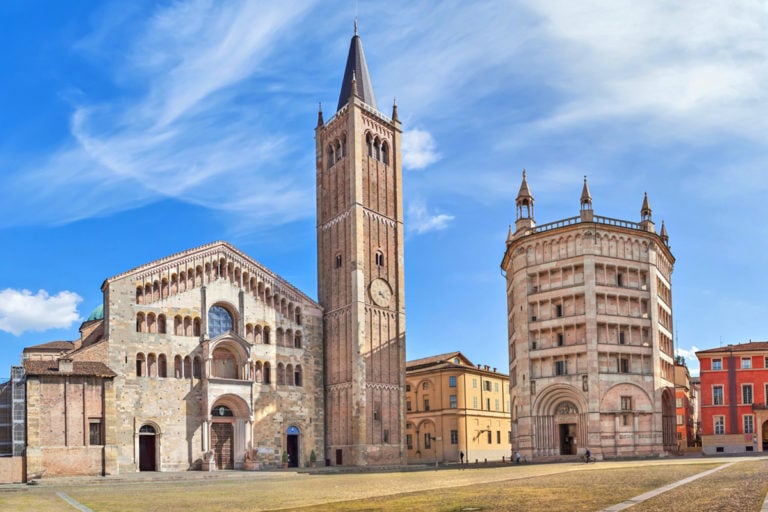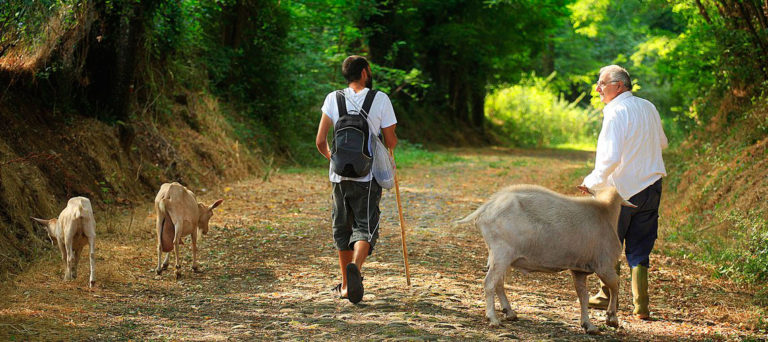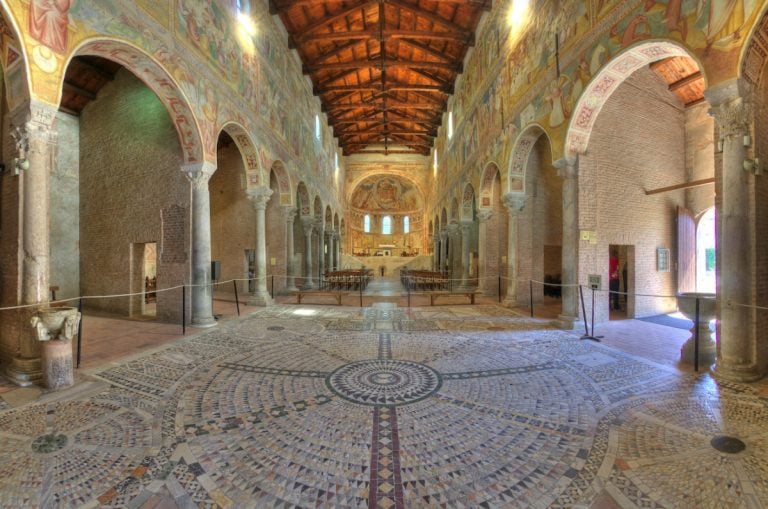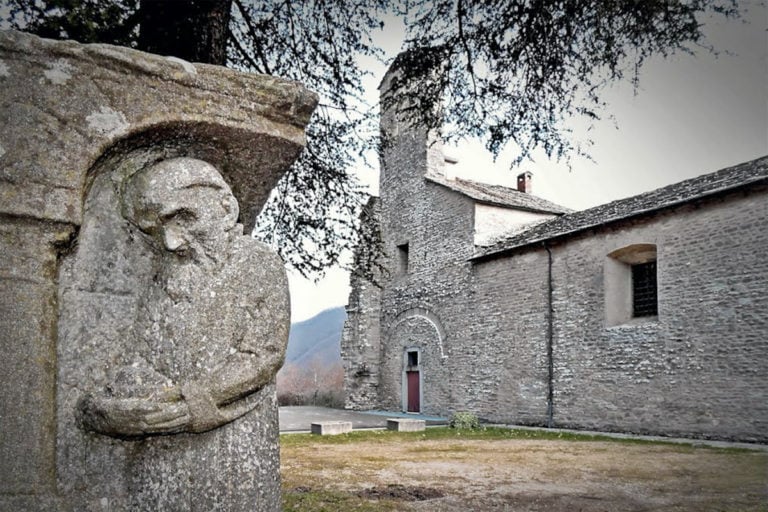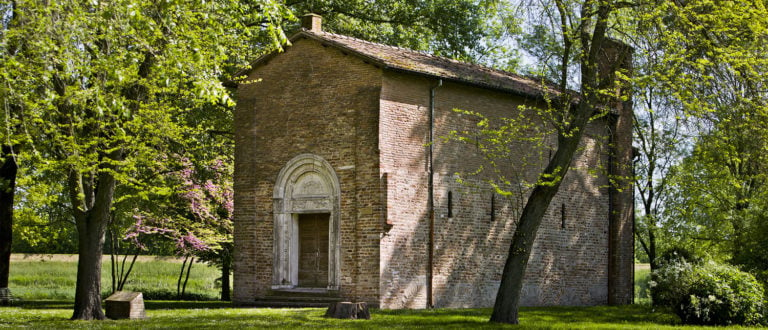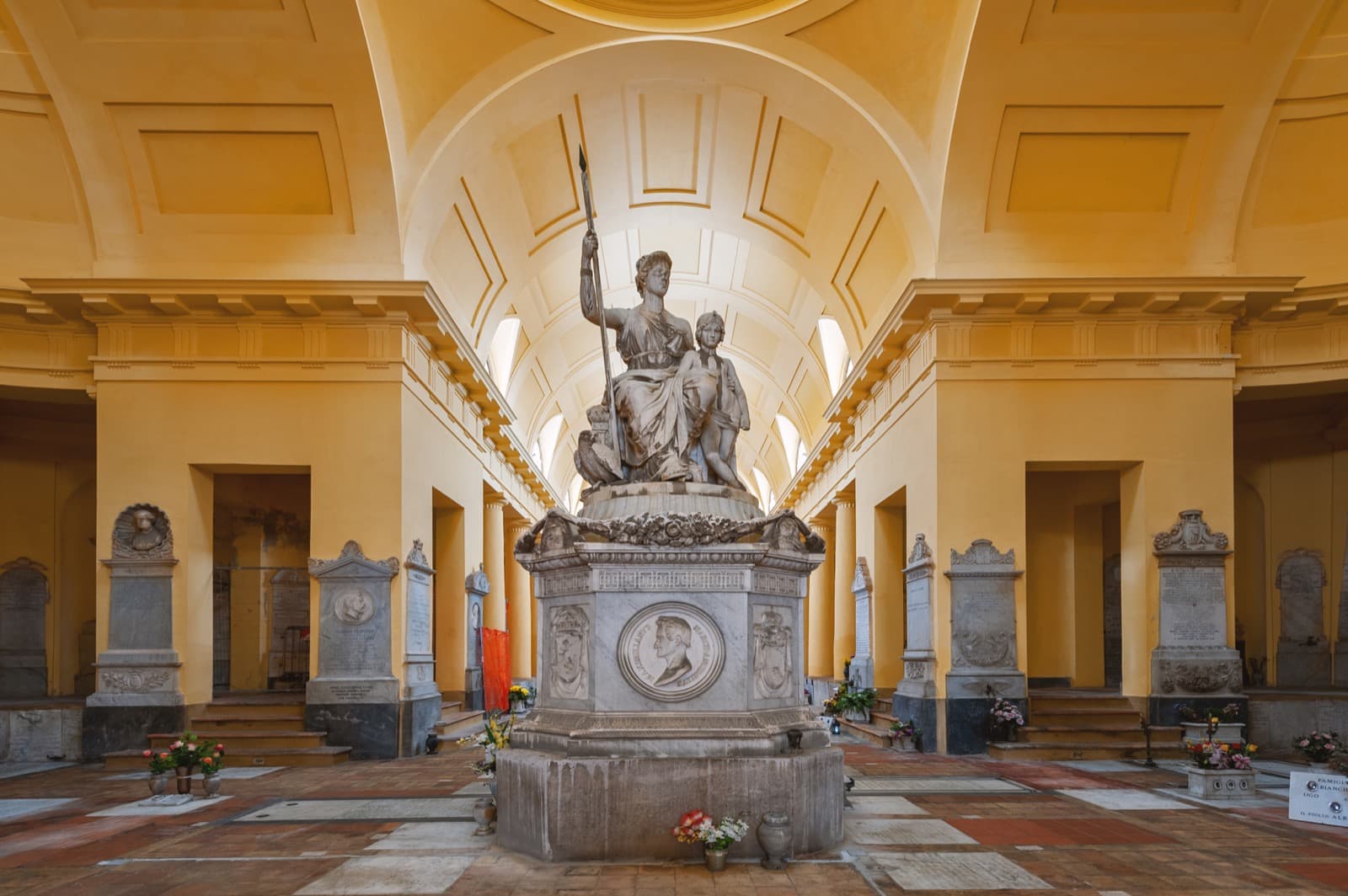Halfway between Piacenza and Parma, the historic Cistercian Abbey of Chiaravalle della Colomba stands out as a remarkable testimony to the presence of monks in this area.
We are in the heart of the Po Valley, not far from the noisy Autostrada del Sole A1, just a few kilometers from the Fiorenzuola d’Arda and Fidenza exit.
While our attention is distracted by the deafening noise of traffic, a few hundred meters away we are struck by the silence of the monastic community that still lives here, inside the complex.
Like a ghost, a void in the morning mist, the Abbey of Chiaravalle della Colomba reveals itself for what it is: an amazing monument deeply rooted in European medieval history, in perfect harmony with the truest and most ancient monastic tradition.
It’s not by chance indeed that the abbey is part of the association Charte européenne des Abbayes et Sites Cisterciens, which gathers all the Cistercians of major interest, and that has even become part of two important Cultural Routes of the Council of Europe: the Via Francigena and the Route Européenne des Abbayes Cicterciennes.
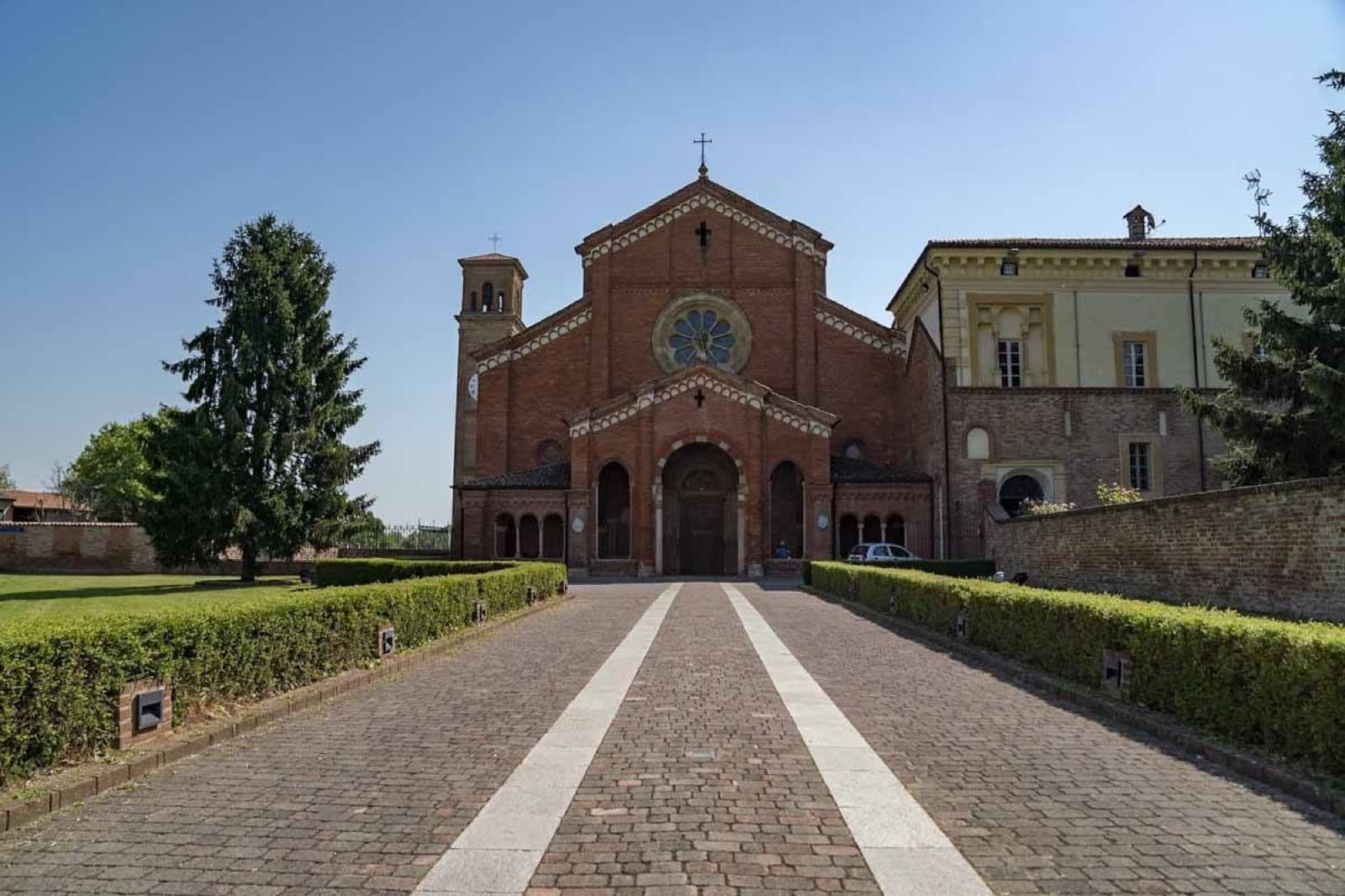
Back to the abbey’s origins
The first stones for the foundation of the Abbey of Chiaravalle della Colomba were laid in 1135, when San Bernardo di Chiaravalle (the great reformer of the Benedictine Order, from which the Cistercian Order was born in France), welcomed the request of Arduino, bishop of Piacenza, and built a community of monks for his diocese.
On the 11th of April 1136, Bernardo di Chiaravalle was granted some lands with a document called “institutionis paginam“, in order to formally lay the foundations of the future abbey and build the monastery.
The event was not without its commotion, and what made it even more solemn was the legend that almost immediately attached itself to the place: a white dove (hence the name “della Colomba”, mentioned even in the official documents) had flown in front of the monks’ astonished eyes, pointing with some straw blades to the place where the future monastery was to be built.
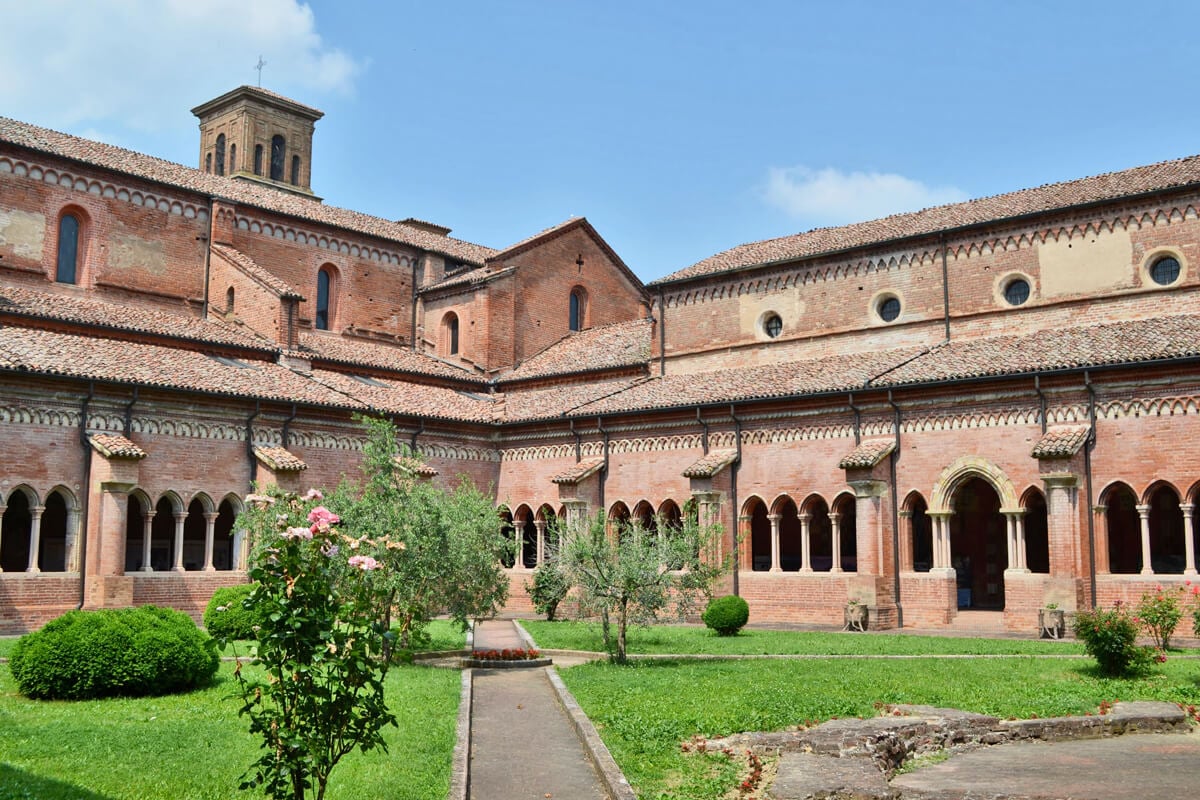
It’s more likely that the name “Santa Maria della Colomba” (original dedicatory name of the basilica and the monastery) refers to the mystery of the Annunciation, in harmony with the strong spirituality linked to the veneration of the Virgin Mary that has always characterized the Cistercian communities.
Since then, until the Napoleonic era, the monks’ existence has been closely linked to religious and civil life, making the abbey a point of reference for northern Italy. Faithful to the Benedictine motto “ora et labora” (pray and work), the monks cultivated the land, bred animals, continued their studies, and spread their spirituality.
Although praised for its great religious, scientific, literary and agronomic activities, from the 14th century the abbey began to decline, as happened to other orders. The proliferation of wars, raids, famines and, above all, the crisis of authority, with the ever-increasing encroachment of other powers, led to the disintegration of the religious and spiritual fabric that had nourished this place until then.
At the beginning of the 19th century, two Napoleonic decrees condemned the monastery to extinction: the archives, the library and the furniture were lost, the thousands of hectares of land and buildings became the property of the municipal hospitals of Piacenza, and the monks were forced to leave. Only two monks remained in Chiaravalle: one as a priest and the other as a teacher.
Things began to change at the beginning of the 20th century, thanks to Monsignor Guglielmo Bettuzzi, abbot and priest of Chiaravalle. He persuaded the Superintendence to begin the restoration of the complex, restoring to its former beauty some works of art that had been forgotten, such as the Crucifixion in the sacristy.
From 1937, the monks returned to the ancient walls of the Abbey, renewing the spirituality of the cloistered and contemplative life year after year, and also organizing various meetings, events, and conferences.
Today the Abbey of Chiaravalle can be visited at any time of the year, even on a guided tour. Many people come here to travel back in time, to experience with their own eyes the charm of the Middle Ages. Among them, the many pilgrims of the Via Francigena always find an open door and some rest in this religious refuge.
Inside the Abbey of Chiaravalle
Built in the classical Benedictine style, later adopted by the Cistercians, the Abbey of Chiaravalle della Colomba is made up of a large quadrangular cloister around which the main buildings open out, including the church, which faces east and west.
This place of peace and beauty is open all year round. Perhaps the most suggestive time to visit is from May to June, during the Feast of Corpus Domini.
On this occasion, visitors have the opportunity to see the so-called “infiorata“, a beautiful flower carpet decorated with flowers, leaves and holy scenes, which the monks and the people of the village have placed in the central nave of the basilica.
The church
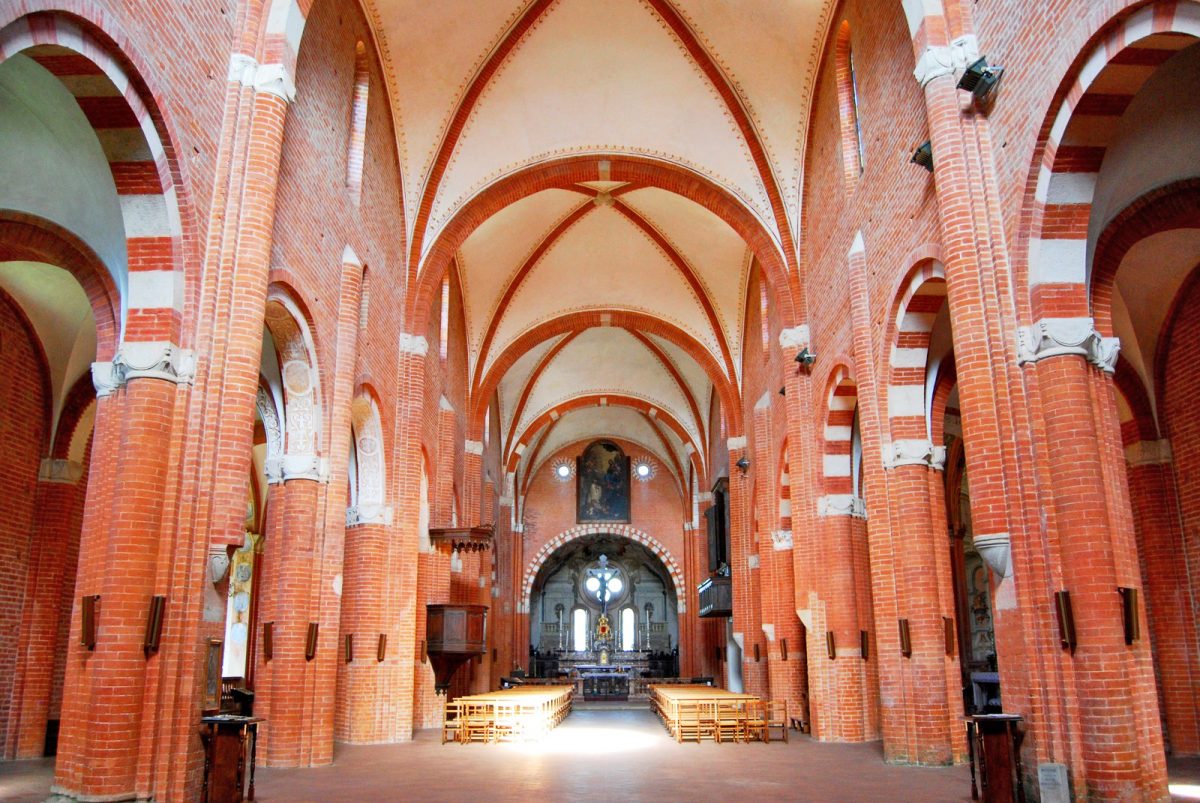
The basilica is a priceless example of Cistercian architecture in Italy, preserving the typical ancient Romanesque environment, but with some early Gothic elements.
Built between the 12th and 13th centuries, and modified by subsequent renovations, it is preceded by a vestibule under which, next to the Romanesque door, there is a tomb, traditionally considered to be the tomb of the Marquis Oberto Pallavicino, the first benefactor of the Abbey.
The interior perfectly respects the rules of Cistercian architecture, which requires simple volumes, selected materials and a strict austerity in terms of decoration.
The cloister
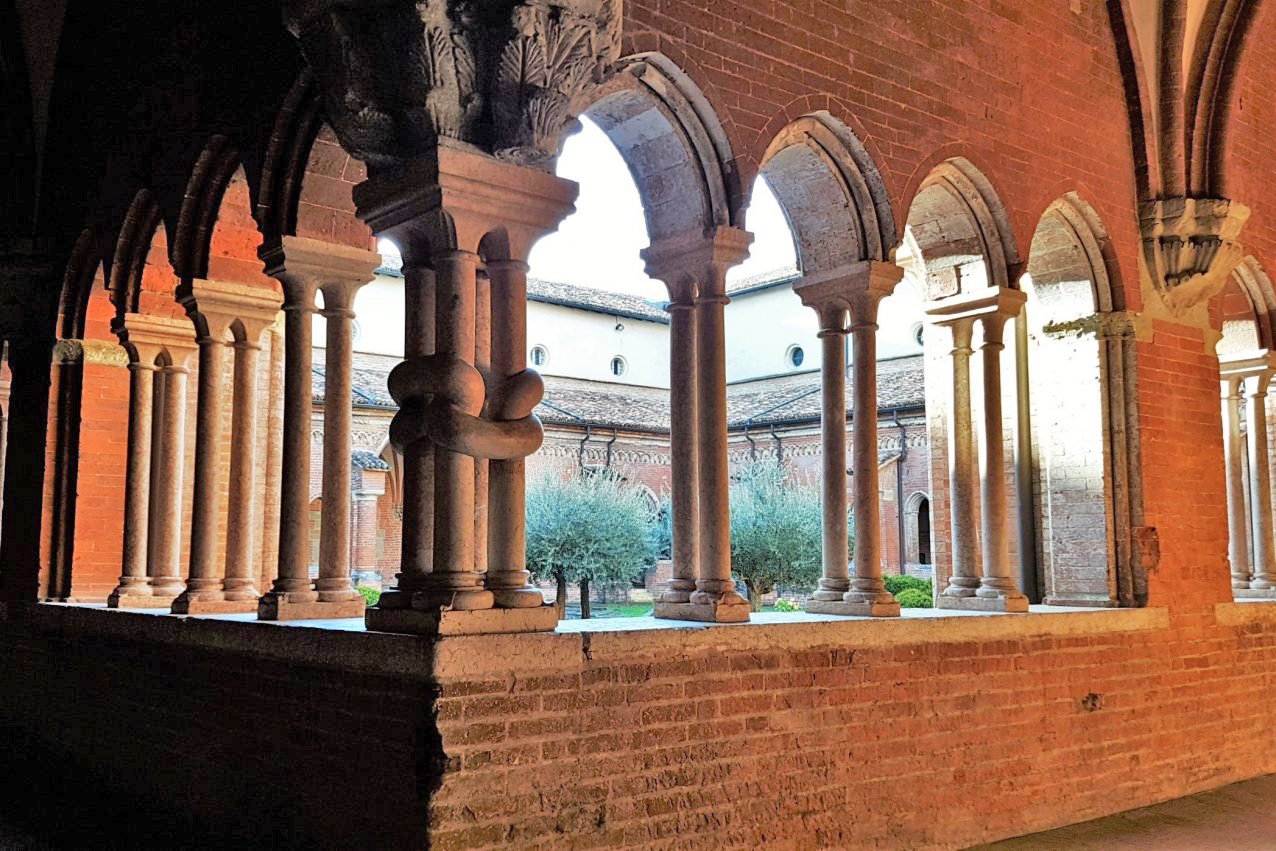
Built in the 13th century, it is the only cloister in Emilia Romagna that has been preserved in good condition, even though it is outside the town.
The quadrangular structure was built according to the French fashion of the time, divided into spans covered by cross vaults.
A true medieval jewel, it combines all the architectural knowledge of the period and also contains sculptures from the school of Benedetto Antelami.
A deep silence pervades the interior spaces, enhancing the charm of the place. The architecture is marked by enigmatic numbers: 24 four-arched windows, 85 small pointed arches, 130 pink marble columns and 20 spurs, which recall the idea of time and spirit typical of the Cistercian monks.
Furthermore…
As well as the church and the cloister, you should not miss the Sala del Capitolo, where the monks used to debate and make decisions, the parlour, the refectory and the dormitory, which now houses a museum dedicated to the history of the Cistercian Order and the abbey.
Author

Davide Marino
Davide Marino was born archaeologist but ended up doing other things. Rational – but not methodic, slow – but passionate. A young enthusiast with grey hair
You may also like
The Most Beautiful Churches and Cathedrals in Emilia-Romagna
by Davide Marino /// September 20, 2018
Emilia Romagna Slow | The Francigena Way
by Walter Manni /// May 2, 2017
The abbey of Pomposa between history and legend
by Davide Marino /// December 13, 2019

Interested in our newsletter?
Every first of the month, an email (in Italian) with selected contents and upcoming events.
The most beautiful Parish Churches in Emilia-Romagna
by Davide Marino /// February 28, 2019
